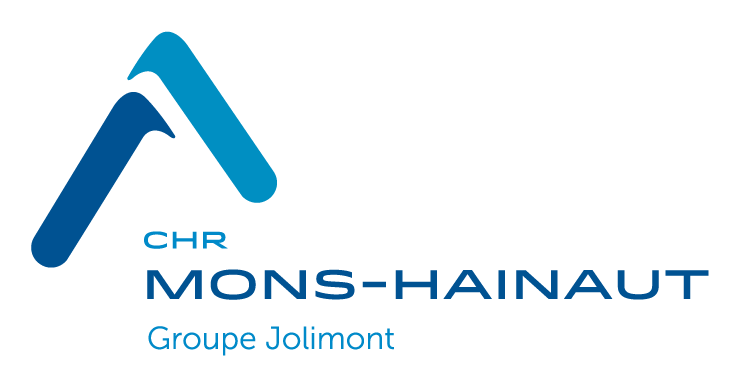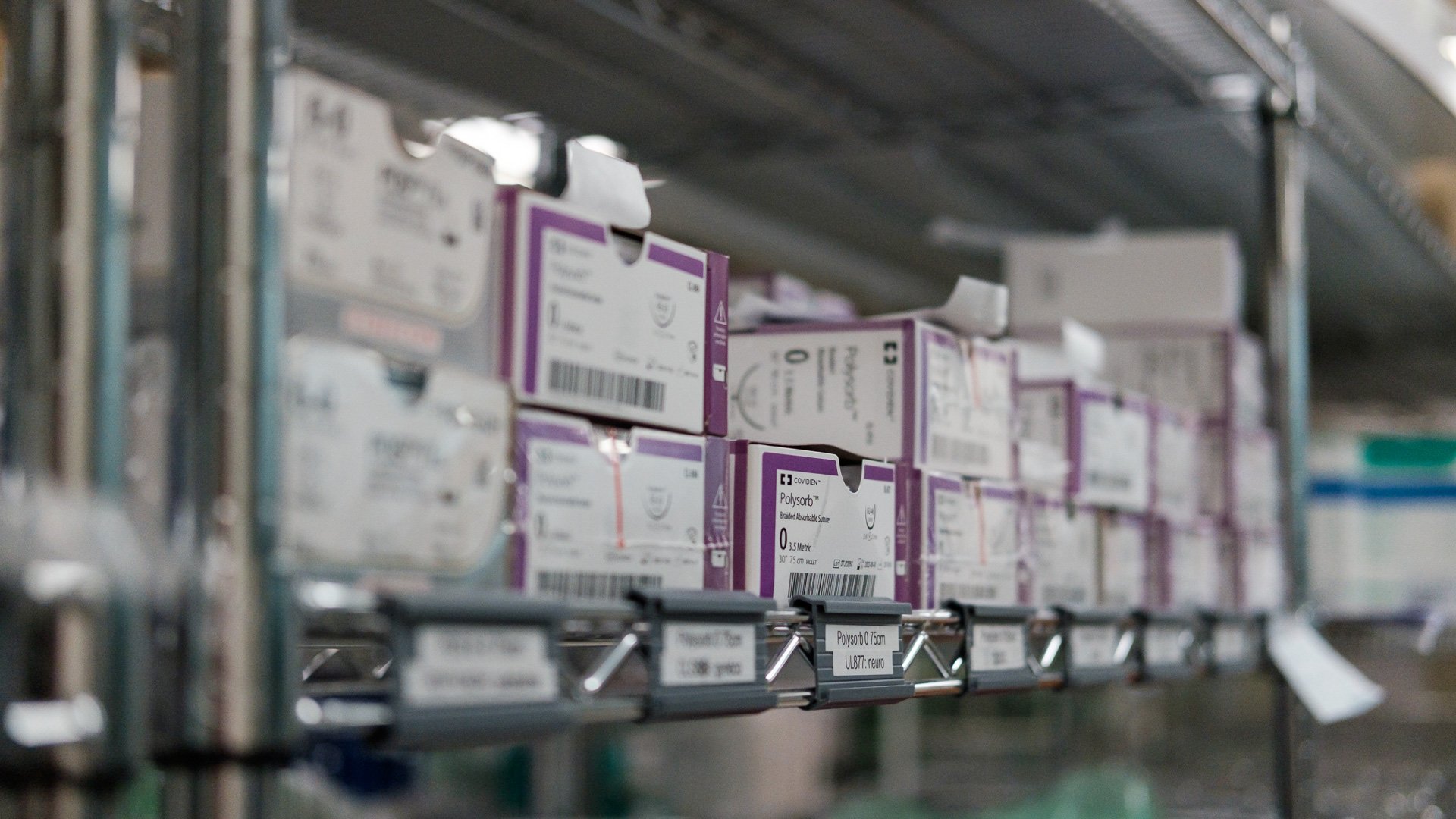Approach
This investigation was divided into 3 phases:
Full investigation of the two pharmacies
A report was drawn up based on interviews with all parties concerned (pharmacy employees, doctors, nurses and the management team) and examining the processes used by the two pharmacies and care units. This provided a clear view of the activities and existing organisation, and especially areas where significant improvements could be made and where there were opportunities for the pharmacy.
Designing the pharmacy of tomorrow
For this, several workshops were organised to define the pharmacy’s vision of the future and accordingly, deduce the key principles behind future operations by category (dispensary, preparations, sterile equipment, implants, clinical pharmacy, etc.). The quantitative and qualitative requirements of centralisation in terms of infrastructure and resources were also examined.
Implementation plan
Based on the pharmacy’s new vision and organisation, we drew up an implementation plan alongside key players.
Result
For each major project (centralisation, dispensary, sterile equipment, implants, new activities, finances and organisation) a priority order was defined based on the identified areas for improvement. As a whole, the implementation plan includes all action to be taken in the short, medium and long term within each task. One of these tasks was to find out how to minimise the pharmacy’s overheads. Financial analysis was carried out, inter alia focussing on implants, fixed rates for drugs and contracts with pharmacy suppliers. Then we embarked on a series of actions. Further to action focussing on the existing activities of the pharmacy at the CHR Mons-Hainaut (dispensary, sterile equipment and implants), an action plan for the pharmacy’s new activities was defined. In the future, the pharmacy at the CHR Mons-Hainaut would like to concentrate on clinical pharmacy, beginning with advice and checking of treatments for certain patient populations (especially geriatrics and GGA), but also the intelligent setting of the electronic prescription system. In addition, action plans were defined for central sterilisation and management of medical gases.







